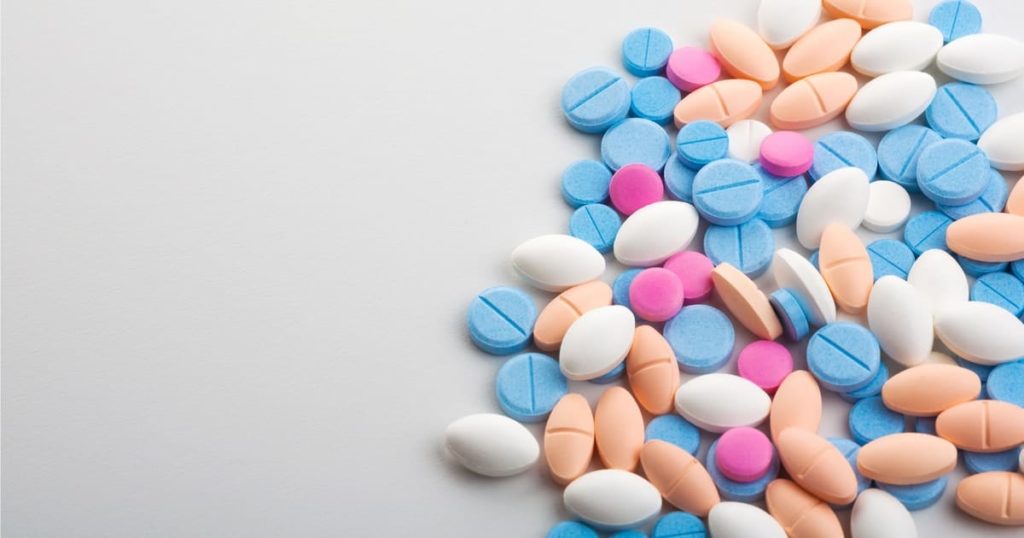Polysubstance intake occurs whenever you take more than one mind-altering substance simultaneously, or within the same general span of time. Doctors and public health professionals also refer to this practice as polysubstance abuse or polydrug abuse. It can be hard to accurately diagnose the presence of combined substance problems. Part of this difficulty stems from the need to rely on affected people to accurately report their drug and alcohol intake. In addition, doctors may simply not recognize the telltale indicators of a problem when examining their patients.
Polysubstance Abuse
Why Is Combined Substance Use Dangerous?
There are a number of reasons why polysubstance or polydrug abuse endangers your health, even if you only take part in this form of substance use occasionally. First, when you combine any amount of alcohol with drugs — or any amount of one drug with other drugs — you greatly increase your chances of experiencing severe substance-related complications or side effects. In addition, even if you combine substances made by a reputable pharmaceutical company, no one can say for sure how your body will react to their presence in your system. Reactions are even more unpredictable when you take an illicitly made street drug in combination with any other substance. That’s because no one but the manufacturer of any given batch of a street drug has any idea of what that batch actually contains.
Challenges of Patient Self-Reporting
When diagnosing substance problems in their patients, doctors rely heavily on accurate self-reporting. Unfortunately, most people are at least somewhat hesitant to reveal the full extent of their drug/alcohol intake. Studies show that resistance to accurate reporting increases with the illegality and social stigma attached to a given substance. This means that people who consume relatively acceptable substances such as alcohol and marijuana have higher odds of revealing their polysubstance abuse than people who consume less acceptable substances such as methamphetamine or heroin. Doctors can take steps to help encourage their patients to honestly report their substance intake. These steps include:
- Emphasizing confidentiality laws that protect conversations between doctors and their patients
- Taking a nonjudgmental approach when reviewing patients’ substance histories
- Framing substance-related questions in a way that removes any potential for stigma or embarrassment
Challenges of Misdiagnosis
Doctors sometimes miss signs of polysubstance abuse, even when those signs are more or less readily apparent. Preconceptions play an important part in many cases of misdiagnosis. According to common cultural stereotypes, some people “look” like substance abusers, while others don’t. However, everyday reality does not support these stereotypes, and people who seem incapable of taking anything stronger than an aspirin may be deeply involved in the combined abuse of alcohol, prescription medications and/or illegal street drugs. If doctors stick with social preconceptions, they may never even consider the potential for problems in these individuals. The setting of a meeting between doctor and patient can also affect the odds of detecting polydrug abuse. Physicians have a relatively good chance of detecting problems in a facility that routinely works with people affected by drug- or alcohol-related issues. However, the chances of making an accurate diagnosis typically drop in other settings, including primary care facilities and mental health facilities. Finally, a doctor may misdiagnose overlapping substance problems by misinterpreting or misapplying the official guidelines set forth by the American Psychiatric Association. These guidelines, which are followed throughout the U.S., contain abuse/addiction definitions for all mind-altering, addictive substances. However, in focusing on the diagnosis of one substance-related problem (for example, alcohol use disorder), a physician can potentially overlook symptoms that fit into the diagnosis of other co-existing problems. Source: National Institute on Alcohol Abuse and Alcoholism: Diagnosing Co-Morbid Drug Use in Patients With Alcohol Use Disorders

